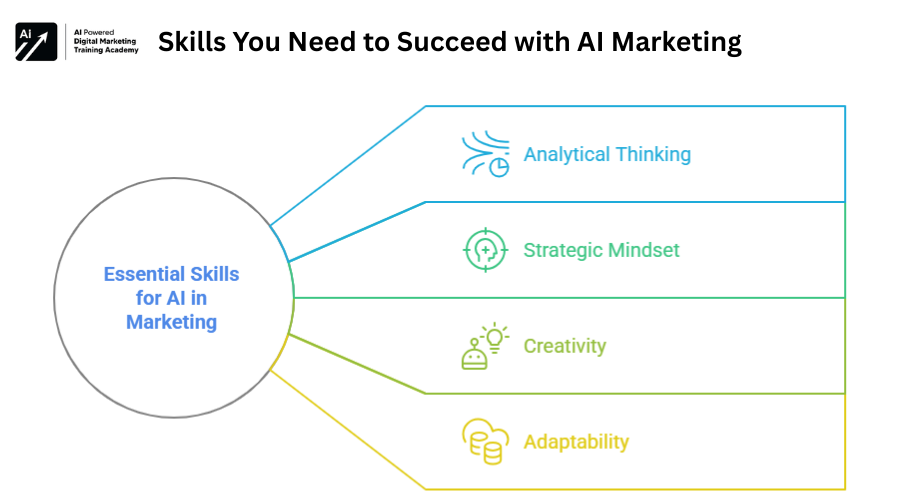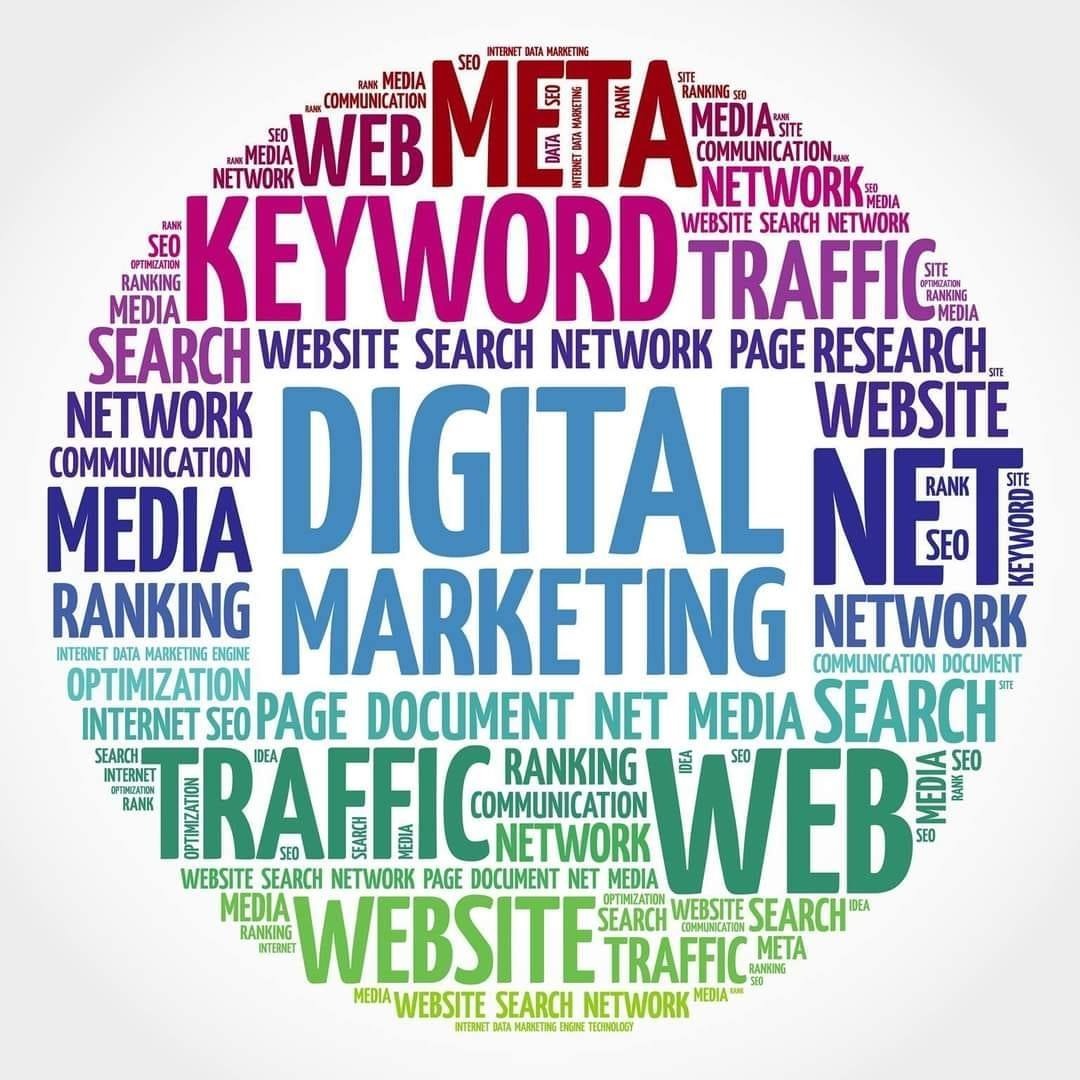There are no items in your cart
Add More
Add More
| Item Details | Price | ||
|---|---|---|---|
Compare AI vs traditional marketing in 2025. Discover smart strategies, tools & how to blend both for better results in the digital age.
Sat May 31, 2025
Marketing has always been about reaching the right audience with the right message. But as technology develops, the way the aberves achieve this goal have changed dramatically. Today, the Artificial Intelligence (AI) revolution is coming out on how businesses promote their products and services, making it necessary to compare AI vs. traditional marketing to understand which approach is more effective in 2025.In this blog, we will give you a simple interpretation of both strategies, detect their differences, benefits and shortcomings, and will help you decide how to balance them in your business.

Traditional marketing is defined as long-standing ways of selling a product or service. They have been around for many decades and encompass:
The AI marketing uses Artificial Intelligence Technologies to automate and enhance the marketing strategies. It also includes:
To understand AI vs Traditional Marketing, let’s compare the two approaches across different aspects:
Example: A traditional TV advertisement can target women aged 30–45 years, while AI marketing can target a woman who has recently sent online shoes and sent her discount code.
The AI enables the marketers to spend smarter, not necessarily more.
This level of insight helps to quickly refine the strategies.
This flexibility is particularly valuable in rapidly changing markets.
These examples highlight how AI vs traditional marketing plays in different fields.
In 2025, consumers expect fast, personal and easy experiences. Here is described how AI is fulfilling those expectations:
Traditional marketing, while still useful, cannot live up with these demands alone.
Despite their differences, both these approaches do not compete. The best marketing strategies in 2025 often mix both:
This synergy makes a powerful customer trip from Discovery to decision.
If you are ready to detect AI-based marketing, here are some major equipment:
These devices make it easier to launch AI-Powered campaigns even without technical backgrounds.

You do not need to be a data scientist to benefit from AI, but you must have:
These skills allow you to create both AI vs. traditional marketing strategies.
The future is not about choosing on each other, but it is about knowing when and how to use each.
In the long run, successful ravages will be those who can efficiently mix both.
It is no longer necessary to understand AI vs traditional marketing. In 2025, AI has changed the game by offering more individual, average and efficient marketing strategies. But traditional methods still play a role, especially for brand construction and reliability. Whether you bend towards AI, stick to traditional methods, or embrace both, the key is to know your audience, define your goals, and choose the devices that help you reach the most effective manner. By learning to live in the present and combine the best of both worlds with trends, you will be well deployed to lead the next era of marketing with confidence and clarity.

K_Chinmayanandh
Digital Marketer | SEO, Social Media & AI-Powered Strategies | Helping Brands Grow with Data-Driven Marketing.